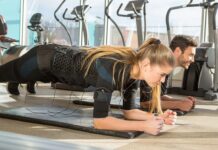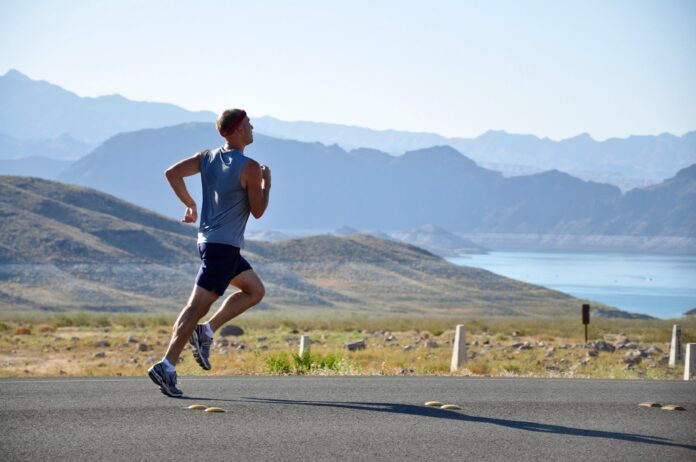
One of the world’s most popular forms of exercise for heart health is regular daily running. You can get many health benefits from running but you may also have a high risk of injury, especially from excessive running.
The most generally injured part of the leg is the knee, including patellofemoral pain, or pain between the kneecap and the long upper bone of the leg. Other injuries are thigh, which is caused by stress on the medium portion of one of the bones of the lower leg, the tibia. The
Achilles tendon of the ankle may also be injured by running, and there are other diseases that beget pain, including iliotibial band pattern, plantar fasciitis, and stress fractures of the bones of the bottom call metatarsals, as well as the tibia in the lower leg. Some runners have hipsterism or low reverse pain. Cripple pain and shin pain are common in marathon runners. Women generally have hipsterism problems.
There may be numerous factors that put a runner at threat of injury, including different anatomical configurations, age, gender, type of training, avail and intensity of handling, frequencies of running, distant mileage and time duration, or changes in the type of training and duration, or changes in the type of training.
Runners should increase training by 10 percent each month or lower. Running on a routine reduces the threat of stress on the tibia and running on a hard diet may increase the stress.
Table of Contents
Here are 4 tips to avoid injury to your feet while exercising:
1. Stretching
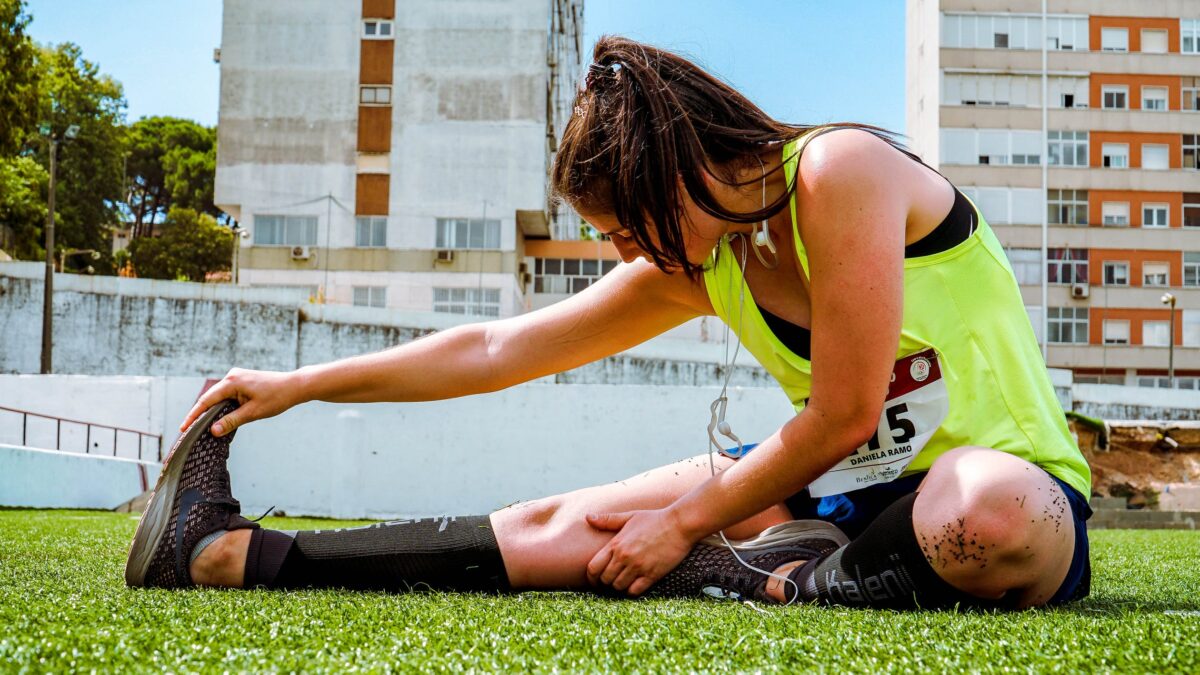
Stretching can reduce the risk of injury to your leg muscles. Maybe sports coaches believe that stretching helps reduce injuries? But there hasn’t been much research supporting stretching as a way to reduce injury, it might help the Achilles tendon, and it’s recommended before exercise.
2. Running Shoes
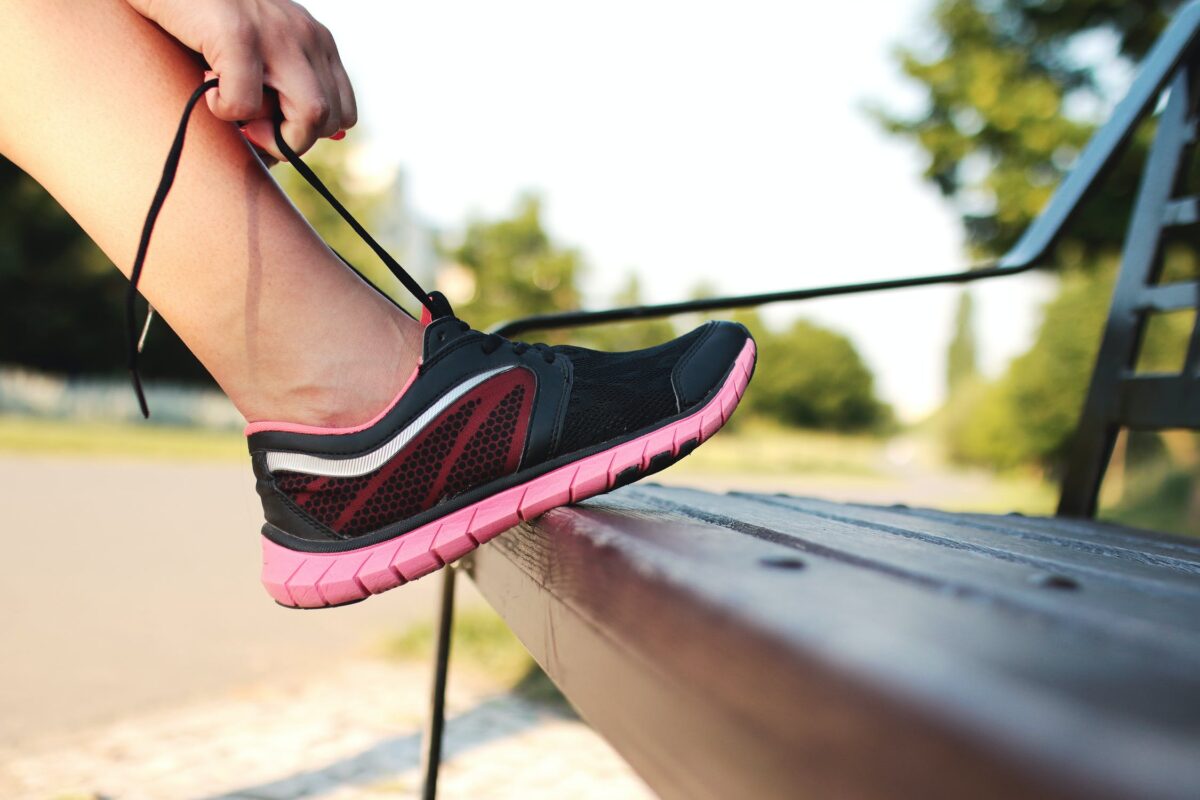
Types of shoes that are not suitable for this sport can have an impact on the threat of foot injury. There are three types of running shoes, the first for runners with a low bow designed to keep the bottom in a neutral position, the second for runners with a very soft inward-turning bottom, and the third for runners with a neutral base.
The most extensive study was conducted on beginner runners in routine training, and they have found that very soft inward-turning sports shoes do not help avoid injury. Nonetheless, doctors recommend wearing shoes specifically designed for runners, as more than half of their bumper after a 250 to 500 mile run can last. Using orthotics, or an adjustable bumper or bias to control movement in the lower leg, can reduce the risk of injury while running.
The different types of lining on the bottom of the shoe and the pressure on the bottom of the foot can cause injury, but it’s difficult to quantify because of the many factors involved in running injuries.
3. The importance of active compression during exercise

Almost 90% of the body there is blood returning to your heart from your veins comes from your calves. Sitting or standing for long periods of time and even exercising can weaken muscles and make them less effective at moving blood, which can cause a lot of swelling and pain. (known as blood pooling). This is why. According to spryngme.com using a compression device for muscle recovery is very helpful during exercise.
4. Nutritive Factors

It is very difficult to decide with certainty whether nutritional factors have an influence on running injuries. Whereas in women, the intake of calcium, vitamin D, and calories gradually increases the level of stress factors. A low-fat diet also increases the risk of injury.
The American College of Sports Medicine and the American Dietetic Association recommend that athletes consume sufficient calories to maintain muscle mass and bone strength and promote recovery from injury.
Acceptable carbohydrates include 6 to 10 grams per kilogram of body weight to maintain blood glucose situations. Acceptable protein includes1.2 to1.7 grams/ kg of body weight per day. Healthy fats should comprise 20 to 35 percent of total calorie input, and hydration is important.
Before running, it is recommended to eat foods that are high in carbohydrates and low in fat. Electrolyte conservation is important. After a workout, runners should have carbohydrates left over. Iron supplements are needed for balance, because they can be lost through sweat and the digestive tract after running.
Because some muscle damage occurs as the result of reactive oxygen, athletes may take vitamins C and E, although there isn’t important substantiation to support use of these antioxidants to limit muscle damage.
Some Tips for Training
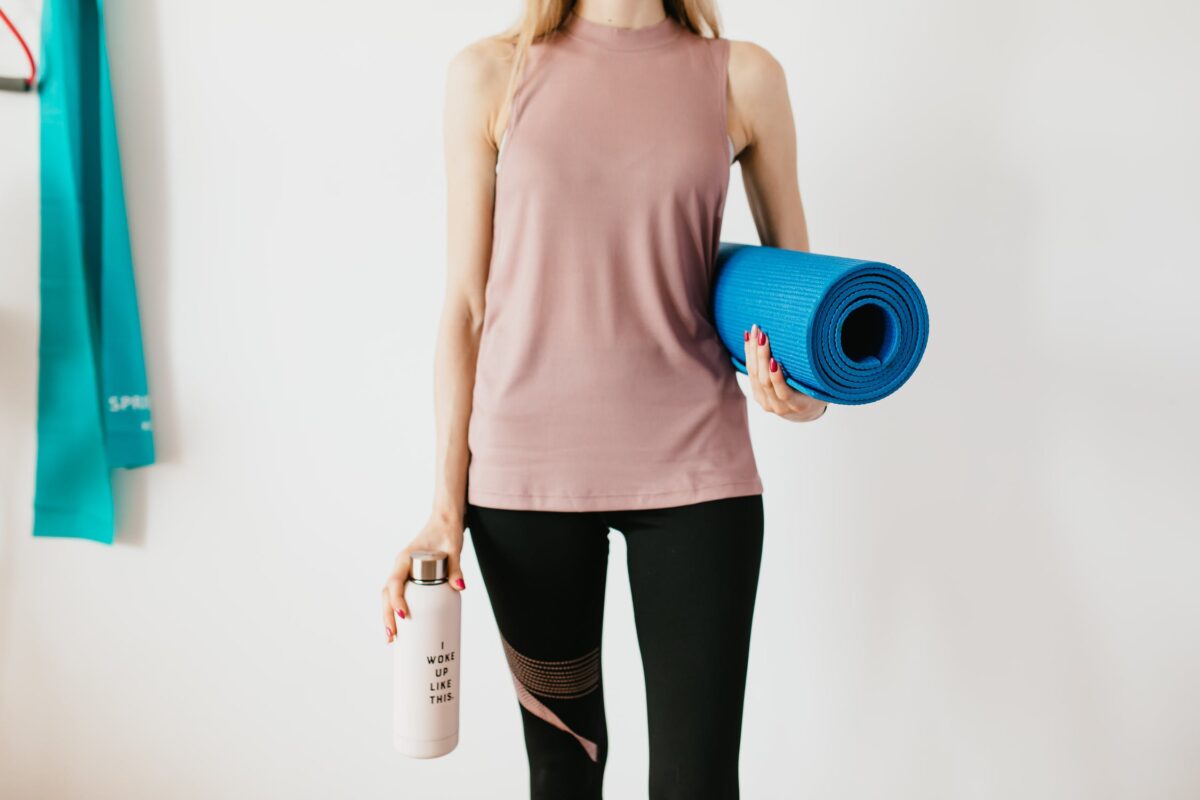
Beginner runners should start with running and walking, gradually adding to the quantum of their running time. Training time should start at 5 rounds per day and increase to no more than 50 rounds every two weeks, and maybe train every day to gradually improve their fitness.
The best runners have to practice running up to their training distance of up to 10 miles each week, to become strong and professional runners. However, this should only be done for 14 days, If the runner will be running more than 10 miles. Four or five days per week is optimal, with regular breaks and cross-training. Two or three runs each week is the limit for dropping the threat of injury.
The recommended warm-up includes starting with light exercise, where stretching after a run can help, to improve strength and flexibility through yoga or Pilates.
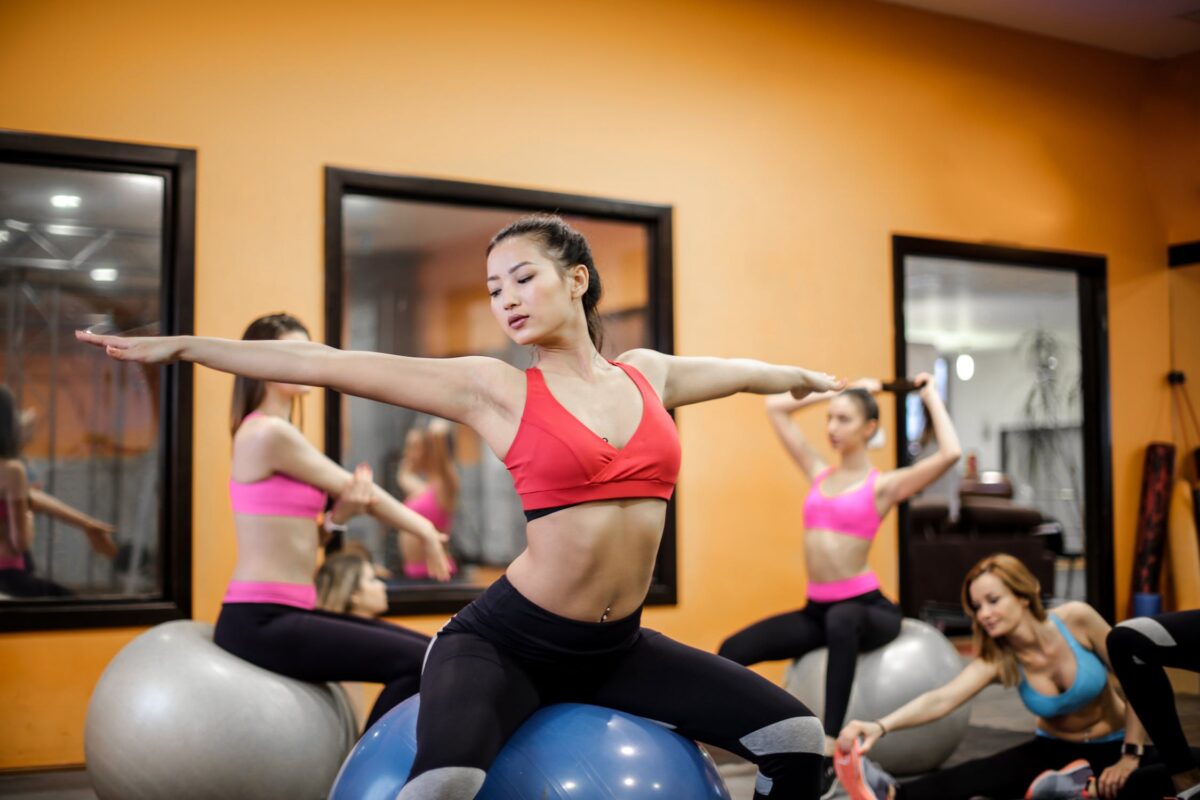
Aerobic exercise to increase fitness is important to add speed, and it’s also better to speed for 20 to 30 percent at variable intervals of nonstop runs before interval training. Limit the total maximum speed training interval to 3 miles.
Choose shoes that are comfortable to wear and stay hydrated if you sweat a lot. Carbohydrates and foods that contain protein should be consumed after intense exercise.
Continue to develop muscle balance by diligently doing cross-training or strength training for muscles such as the hip flexors and abductors that tend to be weak. Continue to improve the working flexibility of the Achilles tendon by working your calves.


